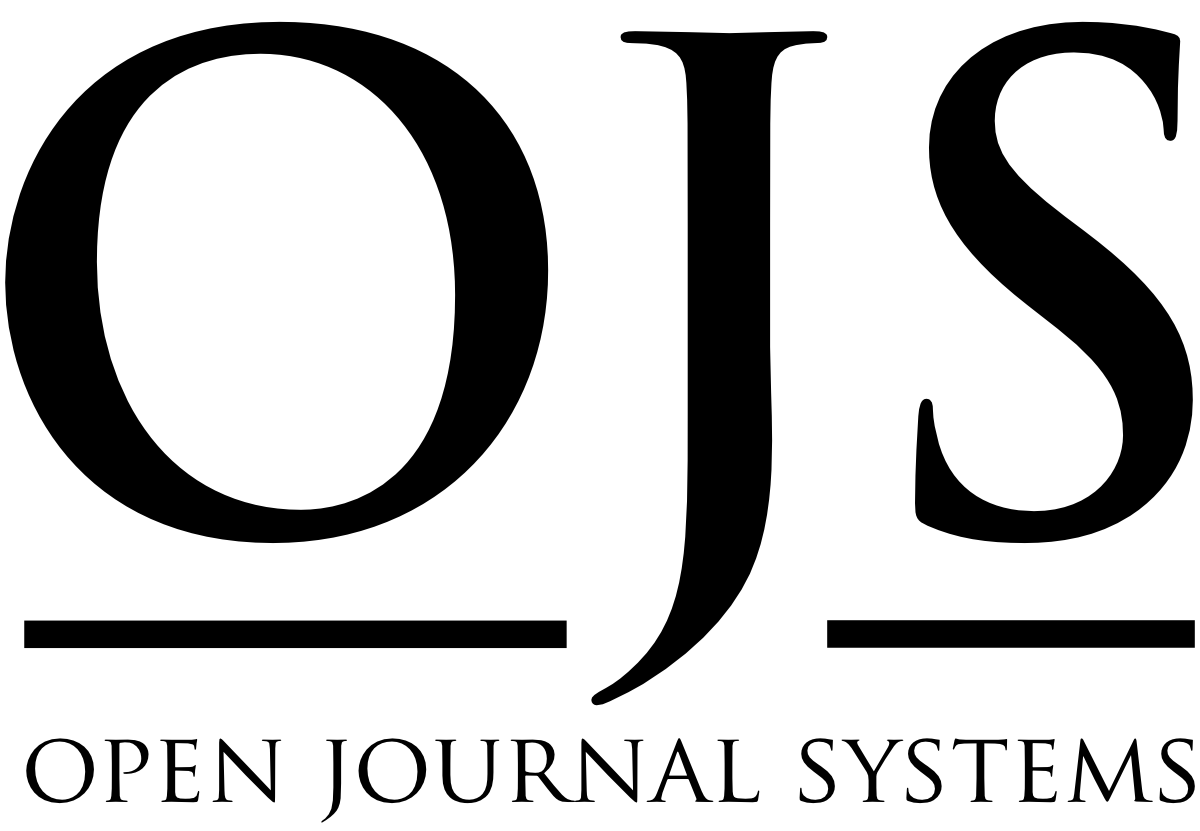SKEMA OPTIMALISASI RESPON TRANSFER EMBRIO SAPI : ANALISIS DESKRIPTIF MANAJEMEN KELOMPOK TERNAK DONOR DAN RESIPIEN
 ), Soegeng Herijanto(2), Yanita Mutiaraning Viastika(3),
), Soegeng Herijanto(2), Yanita Mutiaraning Viastika(3),
(1)
(2)
(3)
 Corresponding Author
Corresponding Author
Abstract
Optimalisasi keberhasilan program Transfer Embrio (TE) dapat diupayakan dengan manajemen ternak donor dan resipien melalui rangkaian kegiatan primer; sehingga responsif terhadap perlakuan superovulasi dan dapat digunakan untuk TE. Menurut Tuti (1997) PGF2a dapat meningkatkan kualitas korpus luteum (CL) pada hewan yang mempunyai intensitas estrus rendah (83%), di bawah kondisi alamiah; Kualitas CL meningkat pada 14 dari 18 sapi (77%) yang memiliki kualitas CL kurang baik dibawah kondisi normalnya. Dengan demikian, deteksi kualitas CL tujuh hari setelah estrus disamping pengamatan intensitas estrus adalah penting untuk mempersiapkan resipien TE. Berdasarkan hasil analisis deskriptif diketahui bahwa respon sinkronisasi estrus dapat distimulasi dengan injeksi PGF2a satu kali, atau dua kali dengan interval 11 - 12 hari; Respon superovulasi adalah optimum jika dimulai pada hari ke-9 dengan injeksi tunggal PMSG, atau injeksi berulang maupun tunggal FSH selama empat hari berturut-turut hingga hari ke-12 dari siklus estrus sapi karena berlangsung di dalam stadium bifase. Pada stadium bifase biasanya tumbuh folikel-folikel dominan yang tidak pernah berovulasi sehingga akan berdegenerasi dan menjadi folikel-folikel atresi. Selanjutnya, inseminasi buatan (IB) dilakukan pada hari ke-14 dari siklus estrus, tanpa pengamatan estrus (jika injeksi PGF2a dua kali masing-masing satu dosis) dan dengan pengamatan estrus (jika injeksi PGF2a satu kali dengan satu dosis).
Kata kunci : superovulasi dan TE, optimalisasi manajemen, sapi, donor, resipien
Abstract
Optimizing the success of the Embryo Transfer (ET) program can be pursued by managing donor and recipient livestock through a series of primary activities; so it will be responsive to superovulation treatment and can be used for ET. According to Tuti (1997) PGF2a could improve the quality of the corpus luteum (CL) in animals that have low estrus intensity (83%), under natural conditions; CL quality improved in 14 of the 18 cows (77%) that had poor CL quality under normal conditions. Thus, detection of CL quality seven days after estrus in addition to observing the intensity of estrus was important for preparing ET recipients. Based on the results of the descriptive analysis, it is known that the estrus synchronization response can be stimulated by injection of PGF2a once, or twice with an interval of 11 - 12 days; The superovulatory response was optimum when started on day 9 with a single injection of PMSG, or repeated nor single injection of FSH during four consecutive days until day 12 of the bovine estrus cycle because it took place in the biphase stage. In the biphase stage, dominant follicles that never ovulate will usually degenerate and become atretic follicles. Furthermore, artificial insemination (AI) was performed on day 14 of the estrus cycle, without observation of estrus (if PGF2a injection was twice with one dose of each) and with observation of estrus (if PGF2a injection was once with one dose).
Keywords : superovulation & ET, optimization of management, cattle,donor, recipient
Kata kunci : superovulasi dan TE, optimalisasi manajemen, sapi, donor, resipien
Abstract
Optimizing the success of the Embryo Transfer (ET) program can be pursued by managing donor and recipient livestock through a series of primary activities; so it will be responsive to superovulation treatment and can be used for ET. According to Tuti (1997) PGF2a could improve the quality of the corpus luteum (CL) in animals that have low estrus intensity (83%), under natural conditions; CL quality improved in 14 of the 18 cows (77%) that had poor CL quality under normal conditions. Thus, detection of CL quality seven days after estrus in addition to observing the intensity of estrus was important for preparing ET recipients. Based on the results of the descriptive analysis, it is known that the estrus synchronization response can be stimulated by injection of PGF2a once, or twice with an interval of 11 - 12 days; The superovulatory response was optimum when started on day 9 with a single injection of PMSG, or repeated nor single injection of FSH during four consecutive days until day 12 of the bovine estrus cycle because it took place in the biphase stage. In the biphase stage, dominant follicles that never ovulate will usually degenerate and become atretic follicles. Furthermore, artificial insemination (AI) was performed on day 14 of the estrus cycle, without observation of estrus (if PGF2a injection was twice with one dose of each) and with observation of estrus (if PGF2a injection was once with one dose).
Keywords : superovulation & ET, optimization of management, cattle,donor, recipient
Article Metrics
Abstract View : 423 times
: 423 times Download : 592 times
Download : 592 times
Refbacks
- There are currently no refbacks.



